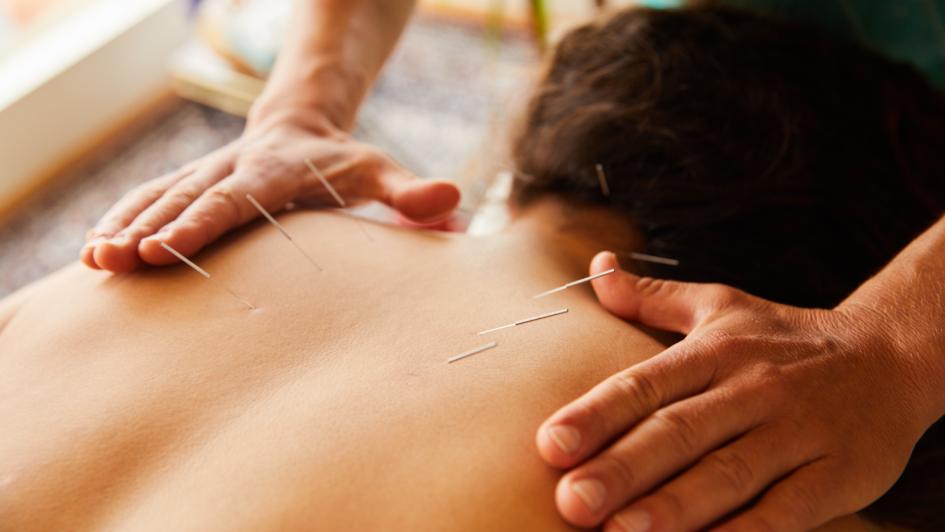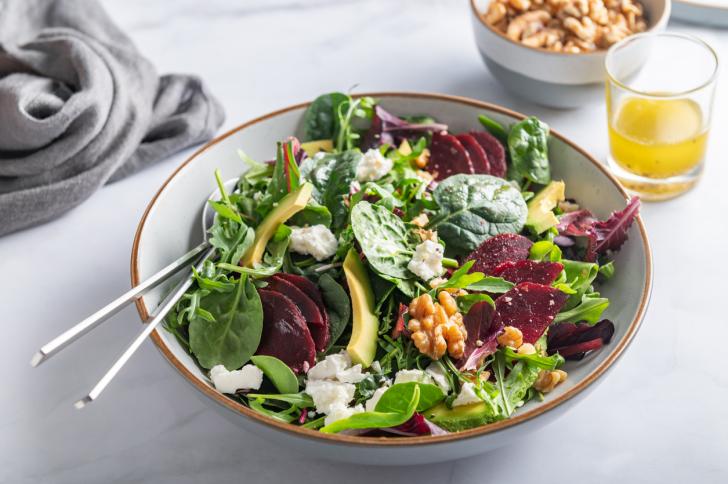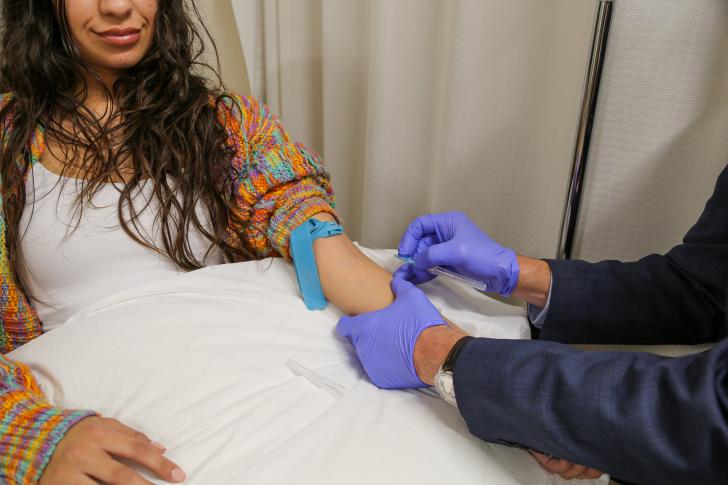Nourishing Life, Easing Pain: Chinese Medicine Approaches to Healthy Aging

Published
In Chinese meditative and healing traditions “nourishing life” (養 生 yǎng shēng) practices are ways to prevent disease and promote longevity. A central concept in nourishing life studies (yǎng shēng xué 養生學) is self-help used to prevent disease. Examples of practices that can be used to nourish one’s own health are:
- breath work (qì gōng氣功 )
- extreme ultimate fist (taì jí quán 太極拳), a slow martial art
- healthy, slow, contemplative eating
- walking meditation, especially after eating
Acupuncture, moxibustion or Chinese massage are treatments that can be used preventatively to help balance the body’s yīn and yáng (dark, inactive and light, active) aspects so that disease does not arise and a person is more able to age comfortably, in a balanced way.
We encourage patients who receive acupuncture, moxibustion and Chinese massage from practitioners at Bastyr Center for Natural health to perform simple yǎng shēng practices on their own at home. These practices potentiate the treatments. They can develop into lifelong enduring, deep practices that contribute to balanced, healthy aging by improving balance, coordination, mental health, and effortless existence.
Pain Awareness
There is an old Chinese saying that roughly translated means, “When there is blockage there is pain, where there is no blockage there is no pain.”
Blockage is the simplest diagnosis for pain in Chinese medicine. Although all pain conditions include blockage, Chinese medicine recognizes that there are a variety of causes for a blockage that a patient may be experiencing. The precise treatment for pain thus will differ, depending on the cause of the blockage.
At Bastyr University Clinics, practitioners of acupuncture, Chinese herbal medicine and massage palpate pulses, observe signs such as those seen on the complexion and tongue, and ask questions to figure out the causes of a particular person’s pain. Causes can include internal or external environmental factors such as heat, cold, dampness or dryness, among many others. Even cases of trauma can present differently or be perpetuated by different factors. One person’s knee pain is not the same as that of the next person!
We have found that a patient who is aware of the specific traditional causes or perpetuating factors of pain will be more able to improve the condition. This might be through traditional treatments such as acupuncture, Chinese herbs, moxibustion, or specific self-directed practices to nourish life.
About the author: Dr. Bayer is the Director of Clinical Education and DAOM Program Director in the Department of Acupuncture and East Asian Medicine.


